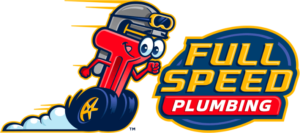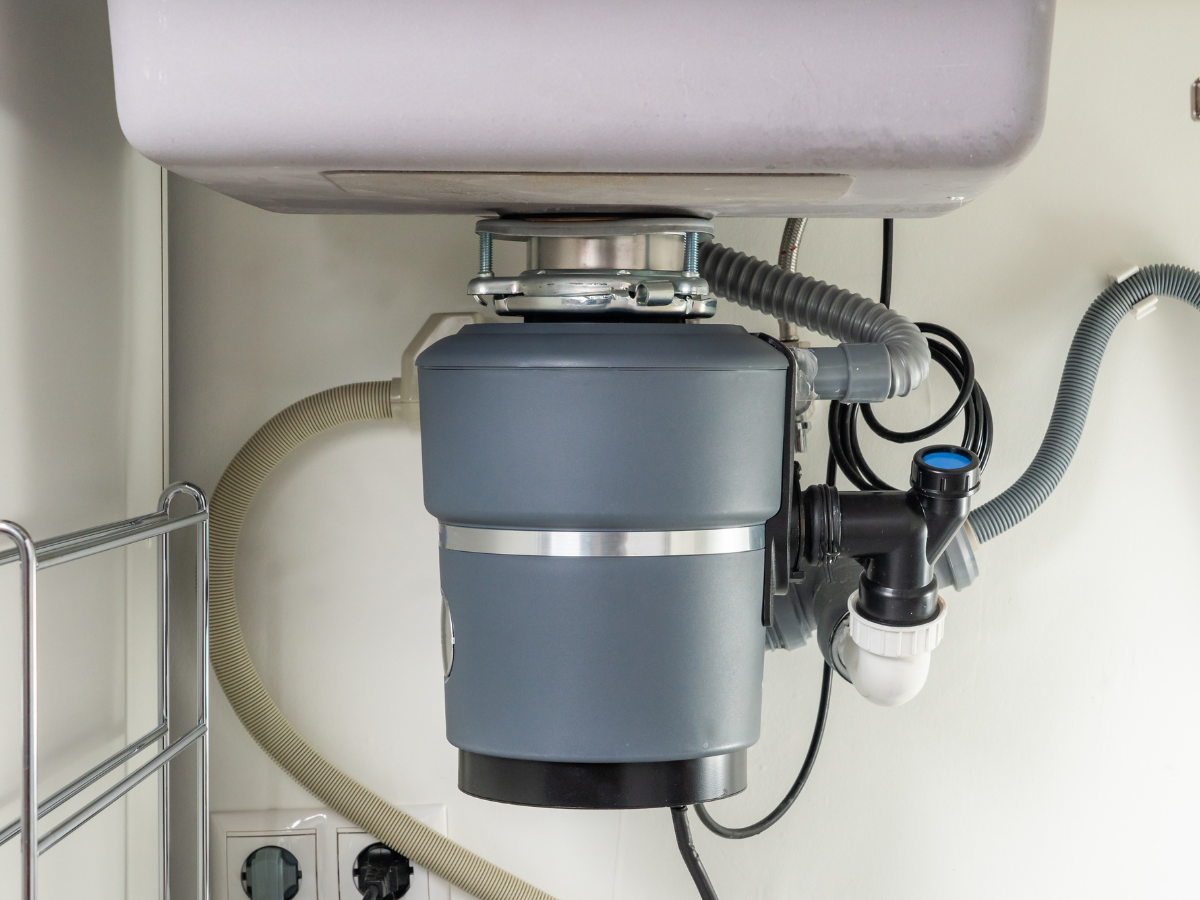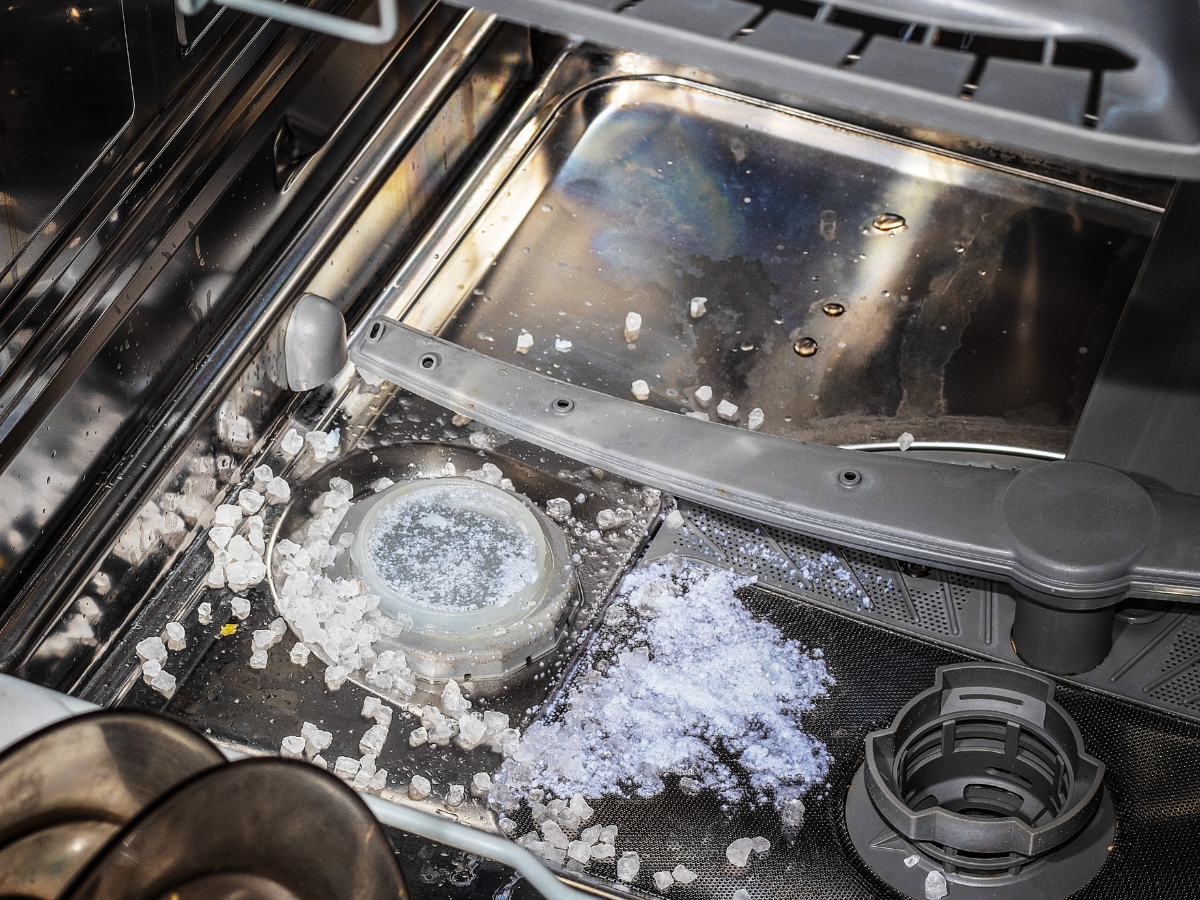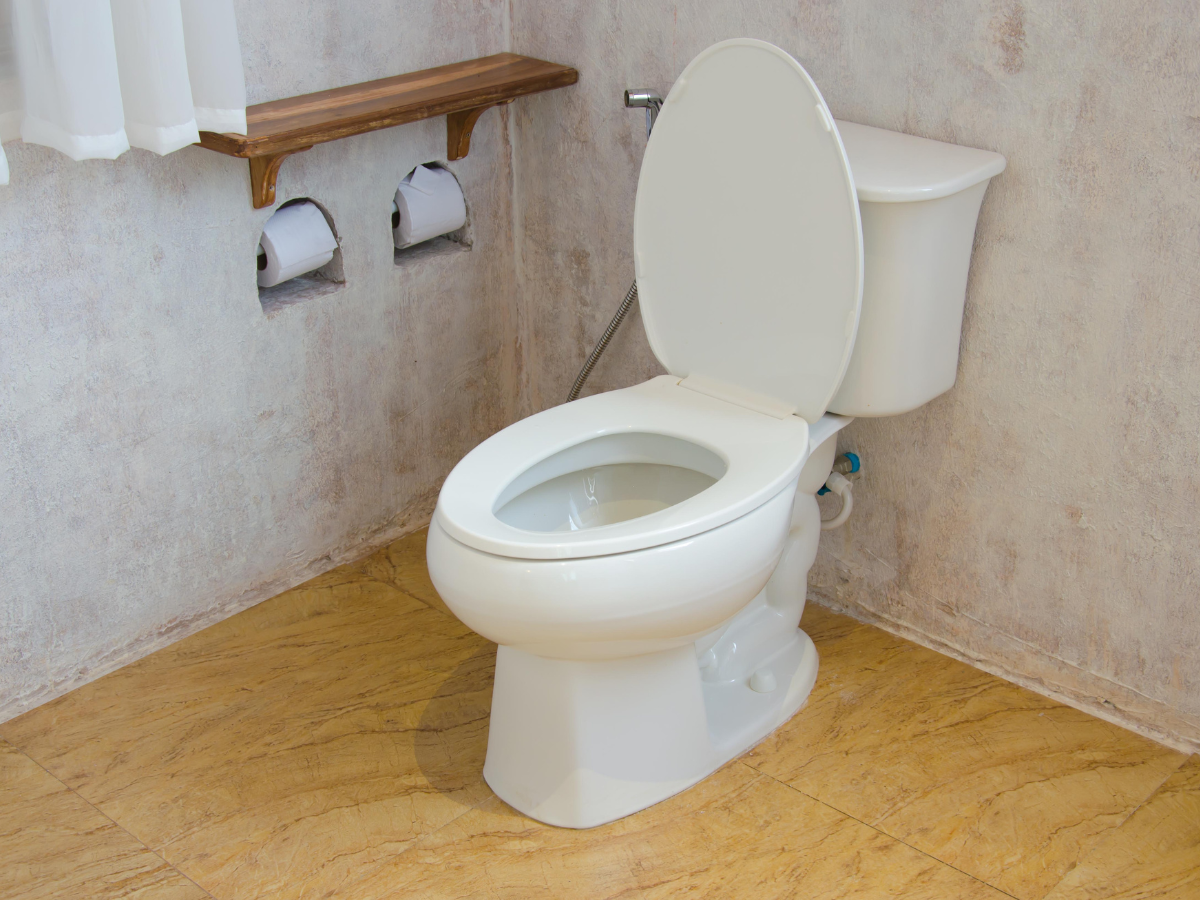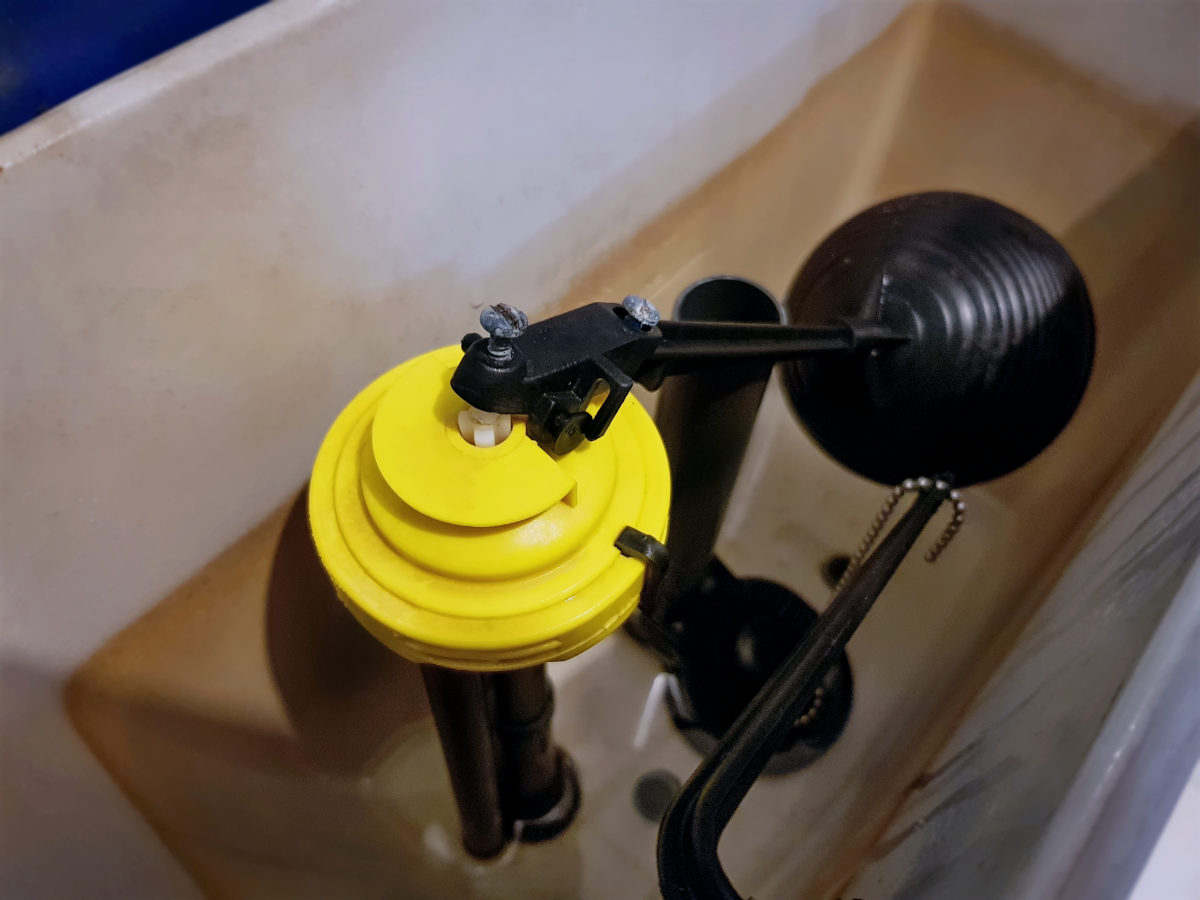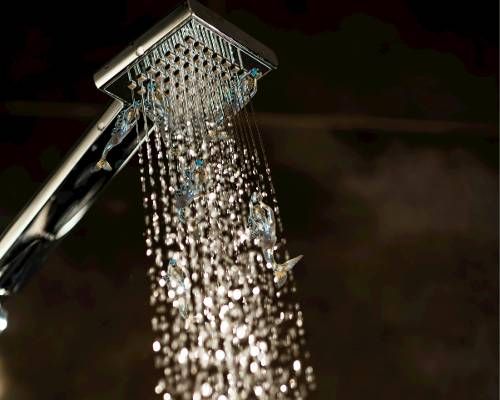Dealing With Low Water Pressure in Your Kitchen Sink
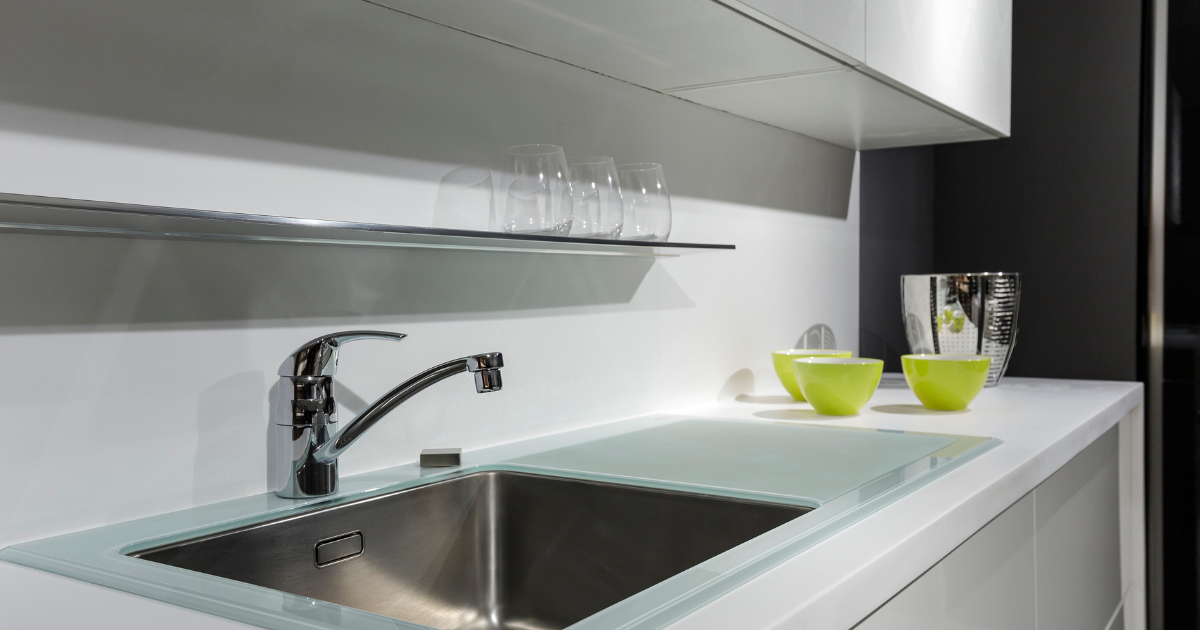
Experiencing low water pressure in your kitchen sink can be a real dampener to your day-to-day activities. But there’s no need to worry; Full Speed Plumbing is here to guide you through this common household issue. Whether it’s washing dishes or preparing a meal, the right water pressure is crucial to make your kitchen tasks effortless.
In this blog post, we will explore various aspects of plumbing that can affect the water pressure in your kitchen sink.
So, sit tight and let’s dive into the world of kitchen plumbing!
What is Water Pressure and How is it Measured?
Water pressure, a commonly used term in the world of plumbing, refers to the amount of force that water exerts within your pipes. It plays a significant role in the functioning of your shower, taps, and the overall logistics of your home’s plumbing system. This force is usually measured in pounds per square inch, also known as PSI. Typical homes have a water pressure between 30 to 80 PSI.
How Does Low Water Pressure Affect Day-To-Day Life?
Low water pressure can significantly impact your day-to-day life, creating unwelcome disruptions in routine tasks.
One of the most apparent effects is on your household hardware. Imagine the frustration of a slow-filling washing machine or a dishwasher that takes ages to complete a cycle. This inconvenience extends to your bathroom as well, with showers that trickle rather than cascade or a sink that fills at a very slow pace.
In the basement, low pressure can affect the operation of water-dependent appliances and may even leave your laundry machine wanting more water.
Moreover, any pipe in your home can be affected, reducing water flow. From giving your plants fresh water to washing your car, the effects of low water pressure are felt throughout your household activities, making it a critical concern requiring immediate attention.
Diagnosing the Underlying Causes of Decreasing Tap Pressure
Do you need help identifying the source of your reduced water pressure? Be sure to check out the following list of potential causes:
Obstructions and Aged Pipework
Obstructed or aged pipework, caused by debris, mineral build-ups, and rust, can significantly impact water logistics. Spotting the symptoms of obstructed or deteriorated pipework early is crucial, and problem-solving strategies may involve cleaning, repairing, or replacing your pipes.
Tap Leak
Leaks in taps can also lead to dwindling water pressure. Thus, spotting and addressing leaky taps, alongside routine tap maintenance, is highly important.
Tap Aerator
Tap aerators, while beneficial, can cause issues if they accumulate debris. Identifying a congested or failing aerator is essential, and routine cleaning and maintenance can prevent issues from arising.
Water Supply Issues
Challenges with your water source, such as concerns with the municipal water system, can also lead to low tap pressure. Identifying signs of a community-wide low water pressure issue is necessary, and assistance from appropriate bodies may be required. Dysfunctional water pressure regulators, which are critical for maintaining consistent tap pressure, can also be a source of problems.
Incorrect Installation
Improperly installed or dysfunctional fittings can affect water pressure. Damaged pipes and incorrect pipe sizing contribute to low pressure. Ensuring proper installation and repair of fittings is necessary for optimal tap pressure.
Malfunctioning Valves
Hot/cold water blending valves regulate water temperature and pressure. However, malfunctions, clogging, or improper calibration can create challenges. Addressing these issues is vital to maintaining proper water flow.
Sediment
Sediment accumulation in the plumbing system can affect water flow and pressure. Identifying signs of sediment accumulation and using flushing or cleaning methods to remove it can help restore water pressure.
Dealing With Your Low Water Pressure
Addressing low water pressure in your home can seem like a daunting task. However, with a bit of insight and some hands-on actions, you can manage these issues effectively.
Identify the Source
Start by identifying the source of the low water pressure. This could be a result of obstructions and aged pipework, leaks, sediment accumulation, or even a malfunctioning tap aerator. Be on the lookout for signs such as slow water flow, variations in water pressure, or unusual noises in the plumbing system.
Regular Maintenance
Regular maintenance can nip potential problems in the bud. For example, a regular check on your tap for leaks, and cleaning the aerator can prevent a gradual decrease in water pressure.
Professional Assistance
In situations where the problem stems from the water supply or malfunctioning valves, professional assistance may be essential. A certified plumber or a representative from your local water authority can help identify and rectify issues linked to the municipal water system or faulty valves.
Appropriate Installation and Repairs
Finally, ensure that your fittings, including pipes and valves, are correctly installed. Any damaged pipe or incorrect pipe sizing can contribute to low tap pressure. Hiring a professional plumber for installation or repairs can ensure optimal performance.
By understanding and addressing these potential issues, you can improve the water pressure in your living space and enjoy a more efficient and satisfying use of your taps.
Dealing With Low Water Pressure in Your Kitchen Sink — Conclusion
In conclusion, tackling low water pressure in your household requires a keen understanding of the common culprits, from obstructions and aged pipework to improperly installed fixtures.
With this guide, you are well-equipped to handle the basic DIY inspection and maintenance required to keep your water system running at full speed. However, some situations, especially those involving the main water supply or malfunctioning valves, call for professional expertise.
If the clog seems too stubborn to handle, it’s time to pick up your telephone and call Full Speed Plumbing in Mount Vernon, WA. Our team of certified professionals is ready to conduct a thorough inspection of your plumbing system and provide swift solutions that restore your water pressure.
Letting a leaky tap or a blocked aerator take the joy out of your everyday water usage doesn’t make sense. From fixture installations to pipe repairs, we’ve got you covered. Call Full Speed Plumbing today and experience the difference in your water pressure and flow.
